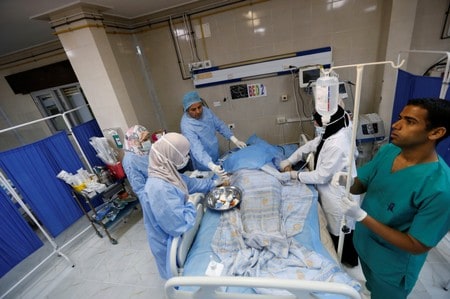For a study, researchers sought to decide the pervasiveness of clinically significant decision conflict (CSDC) among patients undergoing malignant growth medical procedures and its relationship with actual postoperative work, as estimated through cell phone accelerometer information. Grown-up cell phone proprietors going through a medical procedure for bosom, skin-delicate tissue, head-and-neck, or stomach malignant growth (July 2017-2019) were drawn nearer. Patients downloaded the Beiwe application that conveyed the Decision Conflict Scale (DCS) preoperatively and consistently gathered cell phone accelerometer information from enlistment through a half year postoperatively. Confined cubic-spline relapse, adapting to deduced possible confounders (age, kind of medical procedure, support status, and postoperative complexities), was utilized to decide patterns in postoperative everyday actual work among patients with and without CSDC (DCS score >25/100). Among 99 patients who downloaded the application, 85 finished the DCS (86% support rate). About 23 (27%) detailed CSDC. These patients were more youthful (mean age 48.3 years [standard deviation 14.2]-vs-55.0 [13.3], P=0.047) and all the more habitually lived alone (22%-vs 6%, P=0.042). There were no distinctions in preoperative active work (115.4 minutes [95% CI 90.9, 139.9]-vs 110.8 [95% CI 95.7, 126.0], P=0.753). Adjusted postoperative physical activity was lower among patients reporting CSDC at 30 days (difference 33.1 minutes [95% CI 5.93, 60.2], P=0.017), 60 days 35.5 [95% CI 8.50, 62.5], P=0.010 and 90 days 31.8 [95%CI 5.44, 58.1], P=0.018 postoperatively. CSDC was common among patients who underwent disease medical procedures and related to lower postoperatively day-to-day work. This information features the significance of tending to modifiable decisional needs of patients through the upgraded shared direction.
Preoperative Decision Conflict in Cancer Surgery Patients


